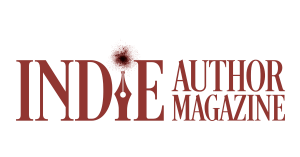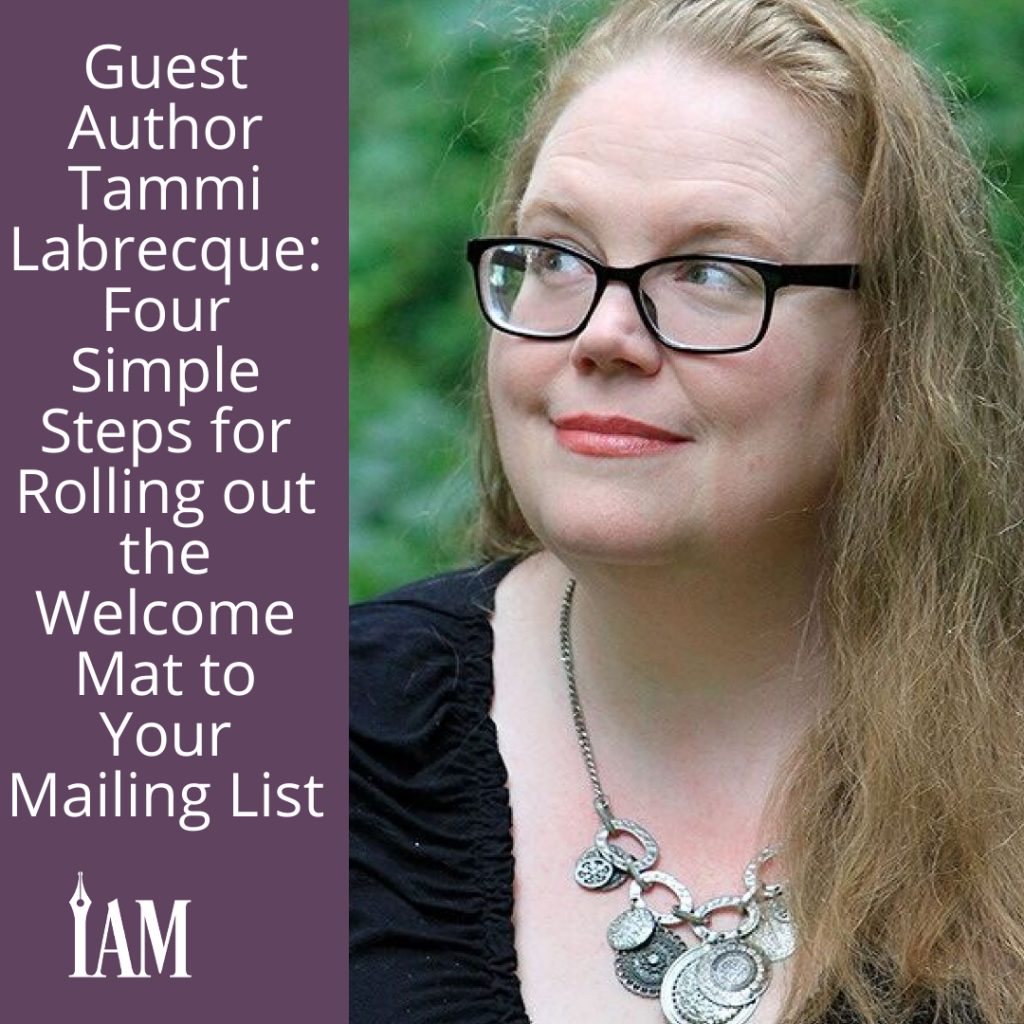A quick glance in my crystal ball tells me you’re reading this in February, but—because of the crazy scheduling required to produce a magazine like Indie Author Magazine—I’m actually writing these words in November, having just returned from 20Books Vegas.
While I was there, I spent some time chatting with Chelle Honiker, IAM’s illustrious publisher, about newsletter topics I might write about, and we kept coming back to welcome sequences.
Welcome sequences are one of the most popular topics I get asked about, and that might be why we kept circling back to it. (It might also have been the gin.) These introductory emails you write about yourself and your books can be essential to keeping people invested in what you have to tell them. Except the thing about welcome sequences is that they are so individual that they’re hard to talk about except in the most general terms—because so much depends on your genre, your backlist, how often you publish, or where your subscribers come from.
I say “It depends” so much, I should just get it tattooed on my forehead.
Still, one thing is universal: Those first few emails will be the deciding factor in whether your subscribers stick around to become superfans or smash the Unsubscribe link.
No pressure, right?
So rather than talk about how long your sequence should be, or how many sequences you should have, or any of the tech you have to master to get readers through them, let’s talk instead about what to include in your first few emails, however many there are, in order to ensure that subscribers understand right from the start why they should care about you and what you write.
There are four key bits of info that writers should aim to include when introducing themselves to subscribers. Together, they comprise a sort of origin story or mission statement that’s unique to you.
The four basic elements are
- who you are,
- what you write,
- why you write it, and
- how you write it differently than anyone else in your genre.
If you don’t know those four things, you’ll struggle to set yourself apart from the pack—and you definitely want to set yourself apart from the pack. You’re trying to build superfans here, and you can’t do that by being just like everyone else who writes books like yours.
1. Who You Are
What you choose to reveal here is up to your level of comfort.
You can be specific enough to be relatable without revealing too much:
- “I’m a midwestern stay-at-home mom with limited time and a towering TBR pile, but when I couldn’t find the sort of books I wanted to read, I decided to take Maya Angelou’s advice and write them … you know, in the twelve minutes per day that the kids are napping.”
- “I’m a lifelong engineer and reluctant big-city dweller who finally retired to ten acres in the middle of nowhere and started writing the kind of Science Fiction I loved as a kid.”
- “I’m a recent college graduate and giant Tolkien fan, living the dream and writing the Epic Fantasy novels I’ve been daydreaming about for years.”
Or you can just let it all hang out:
- “I live in South Bend, Indiana, with one hubby, two rambunctious toddlers, and three cats. I’ve always loved Romance novels, but these days I don’t see a lot of heroines like me—I haven’t worn a pair of high heels in three years, and I’ve got spit-up on my shirt right now—so I decided I’d be the one to write them.”
- “I spent twenty years as head of development at Boston Engineering, but now I’m starting Phase 2: a working farm in Western Massachusetts and a part-time career exploring deep space and the concept of the Singularity.”
- “I’m fresh out of UC Santa Cruz with a boatload of student debt, but I decided that actually using my psychology degree wouldn’t be as much fun as writing books about magic and dragons. My parents are thrilled!”
2. What You Write
This can be straightforward—you’re just letting readers know they’re in the right place and they’ve found someone who writes the sort of books they like. If your genre covers a particularly wide range, be sure to elaborate on the types of stories your readers will find from you: “sword-and-sorcery Fantasy with dragons” or “super spicy small-town Romance,” for example, instead of broad category names like “Fantasy” or “Romance.”
3. Why You Write It
The usual answer to this is “Because I like it.” But let’s go a little deeper. (If you don’t know why you write what you write, maybe this is the time to dig down and find out.)
- “I write Thrillers that keep you on the edge of your seat. I love the feeling of not being able to put a book down, and that’s exactly what I want to do to my readers as well.”
- “I write sword-and-sorcery Fantasy with dragons. I’ve loved Fantasy since I was a teenager, but it hasn’t always reflected me or the people around me; I wanted to do my part to expand what was possible in the genre.”
- “I write super-spicy small-town Romance. I love a Romance full of all the feels and steamy scenes galore, but I couldn’t help wishing some of these women would grow a bit of a backbone.”
4. How You Write It Differently
Here, you want to tell readers what’s special about your books as compared with someone else’s. You hinted at this already with your “why,” above. But now, when you lay out how you write something that fills that need, it will paint a picture for readers that will help them understand what they can reliably expect from your books—and potentially what matters to you most as a storyteller.
- “I write Thrillers that keep you on the edge of your seat. I love the feeling of not being able to put a book down, and that’s exactly what I want to do to my readers as well, so I make sure readers don’t know which of my characters you can trust to tell the truth.”
- “I write women-led sword-and-sorcery Fantasy with dragons, but without the chain mail bikinis. I’ve loved Fantasy since I was a teenager, but it hasn’t always reflected me or the people around me; I wanted to do my part to expand what was possible in the genre.”
- “I write super-spicy small-town Romance with heroines who know their worth—and heroes who actually deserve them. I love a Romance full of all the feels and steamy scenes galore, but I couldn’t help wishing some of these women would grow a bit of a backbone.”
Now that you know the steps to the perfect welcome sequence, I want you to get these answers down on paper and refine them so they’re short, easy to remember, and repeatable. If you tell readers exactly what’s so great about you, you give them the language to tell other people what’s so great about you. You’re making yourself recommendable. And you will hear them use this language to describe you to other readers, and you’ll see it in reviews.
You can drop all four elements into one email—probably early in your welcome sequence for maximum benefit—or you can parse it out over a couple of emails; that’s up to you.
As with so much else in your welcome sequence … all together now: “It depends.”

